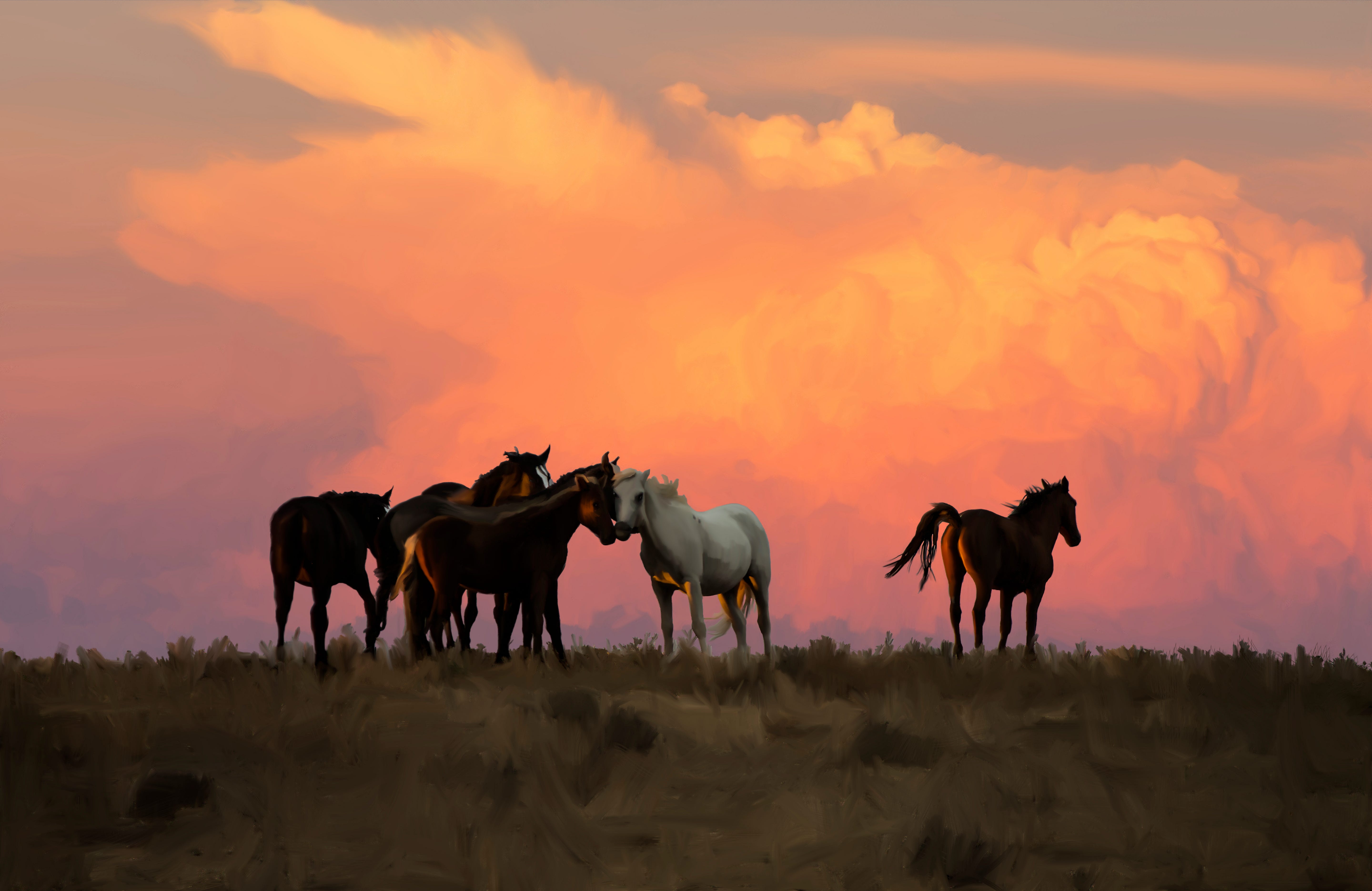Wealth moves West + Equicide Epidemic
Who's killing the wild horses?
The data are in and they confirm what many already suspected: The West is getting wealthier. That is, the percentage of total households in the upper income brackets in Western states grew during the pandemic, sometimes substantially, while the percentage in the lower br…



